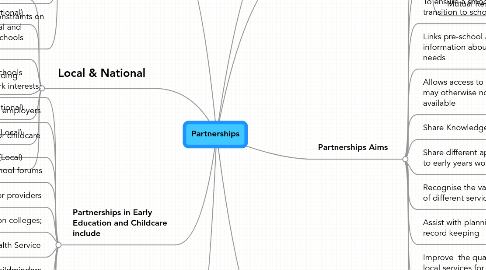The partners aim to achieve something they could not do alone, by pooling skills and other resources. To do this they need a shared vision of their goals, and a way of working together which realises this ambition. This may involve a long-term formal structure or a shorter-term agreement’


